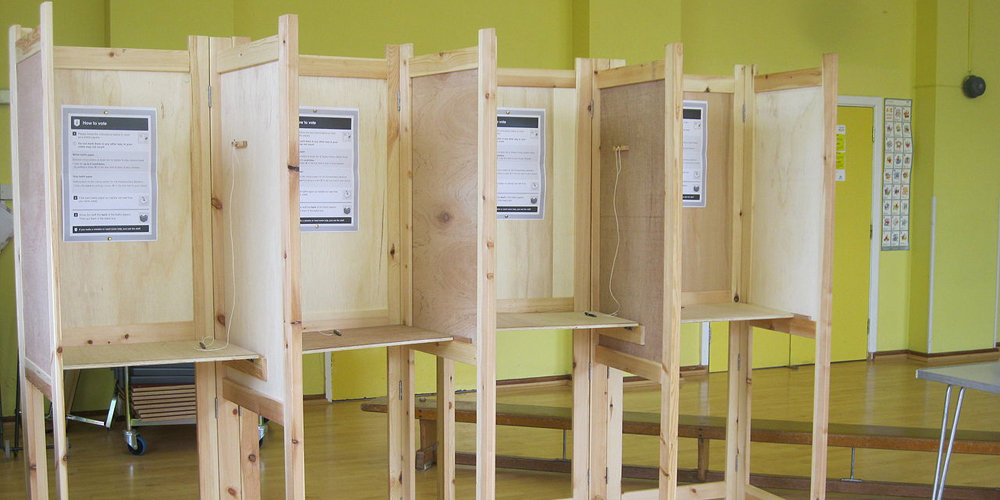Labour’s six battlegrounds
This is going to be complicated. In June’s surprise election Labour will need to fight on six different fronts and each local campaign will need to be tailored to its own context. More than in any previous election, Labour campaigners...
This is going to be complicated. In June’s surprise election Labour will need to fight on six different fronts and each local campaign will need to be tailored to its own context. More than in any previous election, Labour campaigners will not be able to rely on the size of current majorities as a guide to how winnable each seat will be.
To start with there are the seats Labour needs to defend and they fall into five categories. Taking the 116 Labour seats where the party’s 2015 majority* was less than a quarter of the vote:
- 43 are contests with the Conservatives in strongly pro-Brexit constituencies
- 30 are contests with the Conservatives in the most pro-Remain constituencies
- 23 are contests with the Conservatives in constituencies with middling Brexit sentiments
- 8 are contests with Ukip (including 2 where the Conservatives could also mount a challenge)
- 12 are contests with other pro-remain parties (7 with the Lib Dems, 3 with Plaid Cymru and 1 each with the Greens and the SNP)
These distinctions will matter in the election as much as the size of each majority that Labour is defending. If the national opinion polls are right, Labour is likely to be at less risk to a Lib Dem or Ukip opponent than a Conservative in a similarly marginal seat. And, other things being equal, Labour will find it easier to defend a seat from a Conservative challenger when it is more remain-leaning (since the referendum the Tories have been losing remain-supporting voters and gaining leave voters).
In the remain-leaning seats Labour will be able to prosper by convincing remain voters that it is the best placed party locally to hold the Tories to account on Brexit. The challenge is likely to be greater in the leave-leaning seats. Here, there is a risk that former Labour voters who backed Brexit may vote Conservative. But the greater threat is of Ukip voters switching to the Tories (in all but four of the 43 Brexit-leaning contests Ukip polled well above its national average in 2015 and the Tories will aim to squeeze this vote). Local Labour campaigns will need to come up with good tactics to stop former Ukip voters backing the Tories (whether they can be persuaded to vote Labour or not).
The contests against the smaller parties are harder to foresee and each is likely to be unique. In a handful the Tories could mount a threat, when they came a close third in 2015, while much will depend on local circumstances and each constituency’s Brexit sentiments. It’s possible that one or two seats could change hands between the remain parties. But Ukip is some way behind in the handful of seats where it is the challenger, so is unlikely to be a major threat to Labour even if Paul Nuttall has a good campaign. Labour is at greater risk from a collapse in the Ukip vote in Labour-Conservative seats than a surge in the Labour-Ukip seats.
Labour’s sixth battleground is its search for new seats. Of course, the party is seeking a nationwide majority and will fight to win in every seat, but there are a handful of constituencies that may be particularly worth targeting. These are seats where the Conservative majority is low and the constituency had a decent remain vote (eg Gower, Croydon Central, Brighton Kemptown and Cardiff North). If the early weeks of the campaign go well, perhaps seats like these will come into play.
* The 2015 result is used even in constituencies where there has been a subsequent by-election as this is a better reflection of the prospects for the seat in a general election. For this reason Copeland is included as a ‘defensive’ seat.
Contests in Labour’s six battlegrounds, ranked by size of majority in 2015
43 defensive contests against the Tories in the most pro-Brexit 35 per cent of GB seats
* Ukip vote in 2015 exceeded 15 per cent and may be squeezed in a Labour-Conservative contest30 defensive contests against the Tories in the most pro-remain 35 per cent of GB seats

23 defensive contests against the Tories in the middle 30 per cent of GB seats
8 defensive contests against UKIP
* Possible Conservative challenge from 3rd place12 defensive contests against Remain supporting parties
* Possible Conservative challenge from 3rd place. Seats are divided into the 35 per cent most pro-remain and pro-leave and the 30 per cent in between15 marginal seats the Conservatives are defending from Labour
Seats are divided into the 35 per cent most pro-remain and pro-leave and the 30 per cent in betweenAcknowledgement: the data on constituencies’ probable EU referendum voting patterns were calculated by Chris Hanretty and published in “Areal interpolation and the UK’s referendum on EU membership”, Chris Hanretty, Journal Of Elections, Public Opinion And Parties, Online Early Access, http://dx.doi.org/10.1080/17457289.2017.1287081






